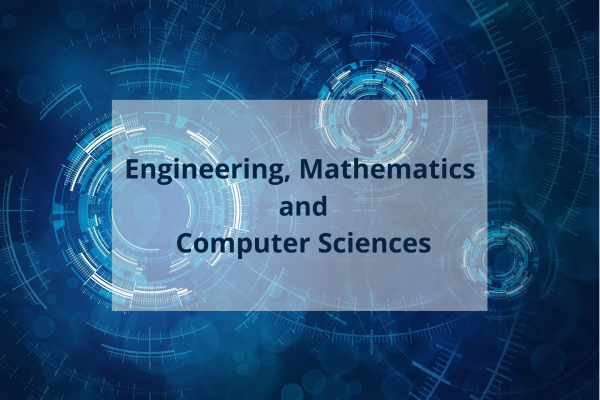Filter by
Awarded Projects (101)
RSSShowing results 100 to 101

Propellers are by far the major device for marine propulsion. The improvement of their efficiency is critical for reducing fuel consumption, resulting in beneficial effects on the economic and environmental costs of shipping.